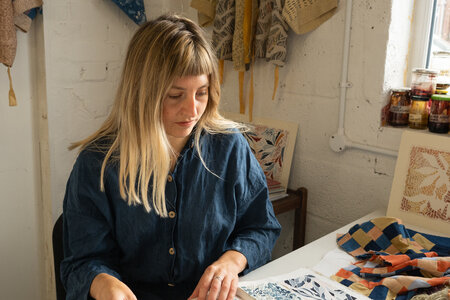Be inspired by trees in the Gardens and the Arboretum
The second of a series of posts to keep you in touch with the inspiration found in the grounds and gardens of West Dean College of Arts and Conservation.
Use these photographs as inspiration and start or continue with your West Dean Sketchbook project. Share your experiments, sketches, paintings and making with us on social media (@westdeancollege) and using #westdeantogether.










